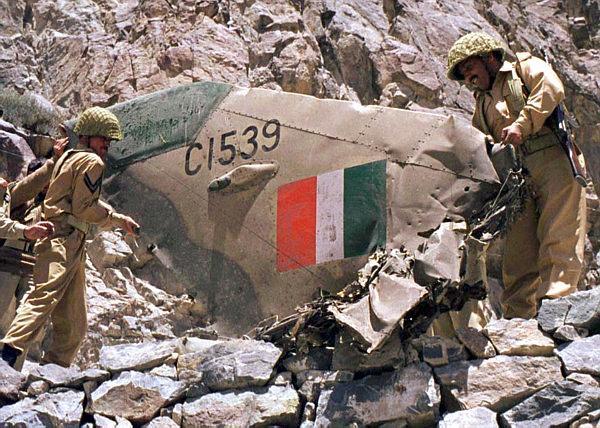SOURCE: AFI


The Kargil War, fought between India and Pakistan in 1999, was a fierce and bloody conflict. One of the most challenging aspects of the war for the Indian Air Force was the high-altitude terrain of the Kargil region. The Indian Air Force had to deploy a variety of aircraft to target Pakistani positions, including the venerable MiG-27.
The MiG-27, a Soviet-designed ground-attack aircraft, was not originally designed for high-altitude operations. Its limitations became painfully apparent during the Kargil War. Here are some of the key deficiencies of the MiG-27 that made it a challenging aircraft to operate in the high-altitude environment of Kargil.
The MiG-27 was powered by a single Tumansky R-60 engine. This engine struggled to provide adequate power at high altitudes, limiting the aircraft’s performance and maneuverability. The MiG-27 had a relatively high stall speed, which made it difficult to fly slowly and precisely at high altitudes. This made it challenging for pilots to target enemy positions accurately.
The MiG-27 had a limited payload capacity, which meant that it could carry only a small number of bombs or missiles. This made it difficult to inflict significant damage on enemy positions. The MiG-27 lacked modern avionics systems, such as GPS and advanced targeting systems. This made it difficult for pilots to navigate the rugged terrain of Kargil and target enemy positions accurately.
Despite these limitations, the MiG-27 was used extensively during the Kargil War. Indian pilots flew hundreds of sorties in the MiG-27, targeting enemy positions on mountain peaks and ridges. However, the aircraft’s deficiencies made it a dangerous and challenging aircraft to operate in such a demanding environment.
On May 27, 1999, during the Kargil War, an Indian MiG-27L aircraft experienced an engine flameout while firing rockets and was forced to eject. Kambampati Nachiketa, ejected and was captured by Pakistani forces.
Despite these limitations, the MiG-27 was used extensively during the Kargil War. Indian pilots flew hundreds of sorties in the MiG-27, targeting enemy positions on mountain peaks and ridges. However, the aircraft’s deficiencies made it a dangerous and challenging aircraft to operate in such a demanding environment.